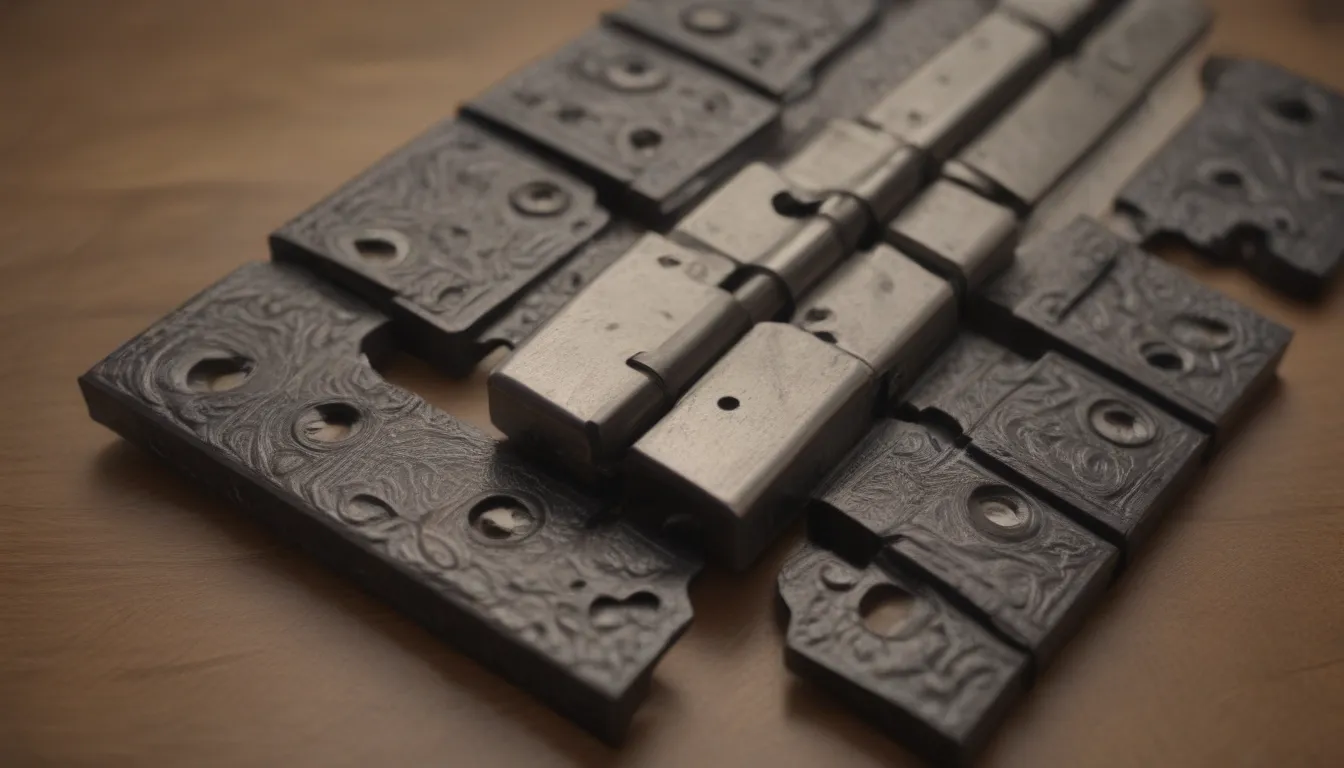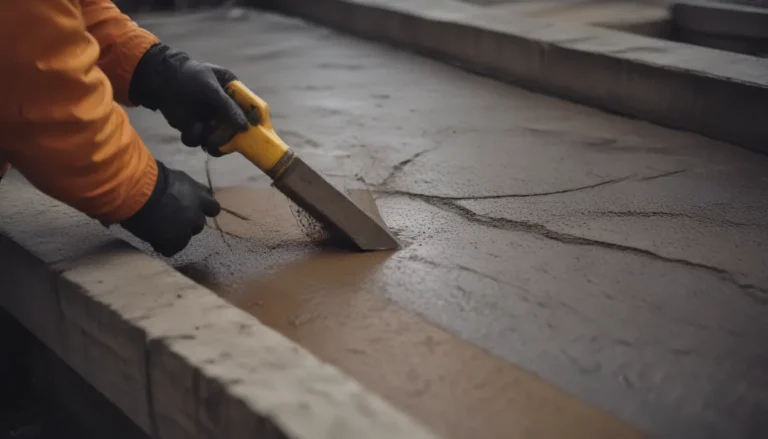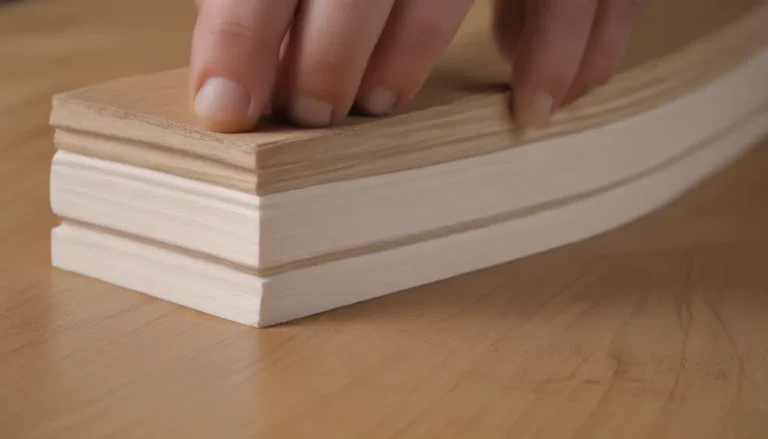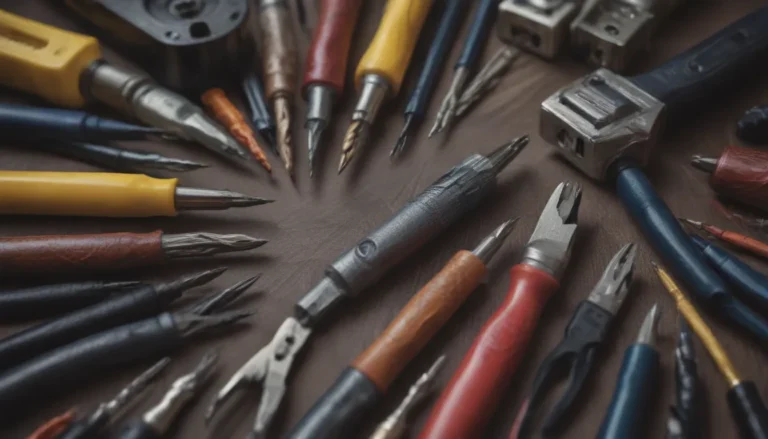Everything You Need to Know About Door Hinges

Doors are a vital component of our homes, providing privacy, security, and style. But what holds these doors in place and allows them to swing open and closed effortlessly? That’s right – door hinges! These small but mighty pieces of hardware play a crucial role in the functionality and aesthetics of our doors.
From the entry door to the cabinet doors, hinges come in all shapes and sizes, each serving a specific purpose. With hundreds of styles and variations available, choosing the right hinge for your needs can be overwhelming. But fear not! In this comprehensive guide, we will break down the ins and outs of nine major types of door hinges, helping you make an informed decision for your next project.
Understanding Different Types of Door Hinges
Butt Hinges
Best for: Entry, passage, and cabinet doors
Butt hinges are the most common type of hinges used on doors. They consist of two leaf plates attached to a central knuckle and pin, with one leaf anchored to the door and the other to the frame. These hinges are ideal for indoor use, with steel being the popular material choice. However, for exterior doors, stainless steel is recommended.
- Pros:
- Widely available
- Variety of sizes and styles
-
Security-type hinges available
-
Cons:
- Slightly complex installation
- Not suitable for hollow doors
- Questionable safety protection for doors
Flush Hinges
Best for: Cabinet doors and boxes
Flush hinges are a type of butt hinge where one leaf plate fits inside a cutout on the other mounting plate. This space-saving design is perfect for lightweight doors, such as those on cabinets or decorative boxes.
- Pros:
- Allows door to sit flush with frame when open
- Some cabinets come with precut templates for flush hinges
-
Smaller and lighter than common butt hinges
-
Cons:
- Not super sturdy
- Fewer styles, sizes, or options
- Installation requires skill
Spring Hinges
Best for: Passage doors
Spring hinges are a variation of the butt hinge with a metal spring that automatically returns the door to a closed or open position. They are perfect for standard doors and can be adjusted for speed and force. However, larger and heavier doors may require multiple spring hinges for adequate closing force.
- Pros:
- Automatic close functionality
- Adjustable tension
-
Fits most standard doors
-
Cons:
- Tension may need re-adjusting over time
- Barrels can rub on trim
- Heavier doors require multiple hinges
Strap Hinges
Best for: Utility doors on sheds, barns, garages
Strap hinges consist of two long steel, brass, or bronze straps connected by a center knuckle and pin. While they add stability to doors and gates, they are more visible when installed, making them less ideal for contemporary decor.
- Pros:
- Adds stability to door/gate
- Variety of sizes, weights, and finishes available
-
Fits rustic decor
-
Cons:
- Visible when installed
- Tricky to install
- Not always ideal for contemporary decor
Butterfly Hinges
Best for: Closet doors, boxes, cabinets
Butterfly hinges feature two leaves connected to a central knuckle and pin, allowing doors to open wide without obstruction. While they come in a wide variety of styles and sizes, they may not be as durable as other hinge types.
- Pros:
- Excellent for doors that need to open wide
- Wide variety of styles, sizes available
-
Easy installation
-
Cons:
- Not as durable as some others
- May loosen over time
- Can’t be adjusted
Barrel Hinges
Best for: Small projects, decorative boxes, cabinetry
Barrel hinges consist of two small barrel-shaped pieces of brass connected by a knuckle and pin. These hidden hinges provide a streamlined look and are typically used for light-duty applications.
- Pros:
- Concealed hinges
- Streamlined look
-
Variety of diameters available
-
Cons:
- Very tricky to install
- No room for adjusting
- Non-weight-bearing hinge
Piano Hinges
Best for: Projects with lids, where extra support is needed
Piano hinges, also known as continuous hinges, provide continuous support along the entire length of a door. They are ideal for lids on large chests or toy boxes, offering tamper-resistant and sturdy functionality.
- Pros:
- Good for high-traffic doors
- Tamper-resistant and good for security
-
Extremely sturdy for load-bearing applications
-
Cons:
- Looks industrial
- Not concealed
- Difficult to install
Pivot Hinges
Best for: Heavier cabinet doors
Pivot hinges are designed to allow a door to swing in both directions, often used for overlay cabinet doors. They are sold in pairs, with one hinge installed at the top and bottom of the door for optimal functionality.
Euro-Style Hinges
Best for: Contemporary cabinetry
Euro-style hinges, also known as invisible hinges, are concealed hinges that create a sleek and modern aesthetic. They are perfect for overlay doors and are entirely hidden when the door is closed.
- Pros:
- Concealed
- Creates a streamlined, modern look
-
Easy to adjust
-
Cons:
- Tricky measuring for correct placement
- Need proper tools for installation
- Tough to remove and replace
Choosing the Right Door Hinge
When selecting a door hinge for your project, there are several factors to consider, such as the door’s weight, size, and style. Here are some basic guidelines to help you make an informed decision:
- Taller doors require taller hinges for added stability
- Heavier doors need more hinges for support
- Different woodworking projects may require specific hinge types indicated in the kit or template
By following these guidelines and considering the unique requirements of your project, you can choose the perfect door hinge that meets your needs.
In conclusion, door hinges play a crucial role in the functionality and aesthetics of our doors. With various types of hinges available for different applications, selecting the right hinge can make a significant difference in the overall performance of your doors. By understanding the characteristics and benefits of each hinge type, you can confidently choose the perfect hinge for your next project.
For more information on door hinges and expert advice on choosing the right hinge for your needs, check out Lowe’s Hinge Buying Guide.
Remember, the right hinge can make all the difference in how your doors operate and look. Choose wisely and enjoy the seamless functionality of your doors!





